The 14 Grand Challenges
Solving the World’s Toughest Problems
Engineers make good things happen and want to solve the pressing challenges facing society, today and in the future.
As an engineer, you will help solve the problems in health and medicine, security, environment, and many other multidisciplinary areas.
Download the NAE Report
With input from people around the world, an international group of leading technological thinkers identified the Grand Challenges for Engineering in the 21st century. These 14 game-changing goals fall into four cross-cutting themes, all directed at improving life on our planet: Sustainability, Health, Security, and Joy of Living.
Read about the National Academy’s findings on the 14 Grand Challenges in detail to learn more about your possible role in helping to make the world a better place.
“The Grand Challenges set a grander scope for our discipline by changing the conversation about engineering, by providing key aspirational goals and by inspiring the new generations about the importance of engineering as the enabling discipline of our times.”
Dean Yannis YortsosUSC Viterbi School of Engineering
Sustainability
Health
Security
Joy of Living
USC Viterbi & The Grand Challenges
Learn more about our research areas focused on the Grand Challenges as well as our undergraduate program allowing you to be designated as a Viterbi Grand Challenges Scholar.


